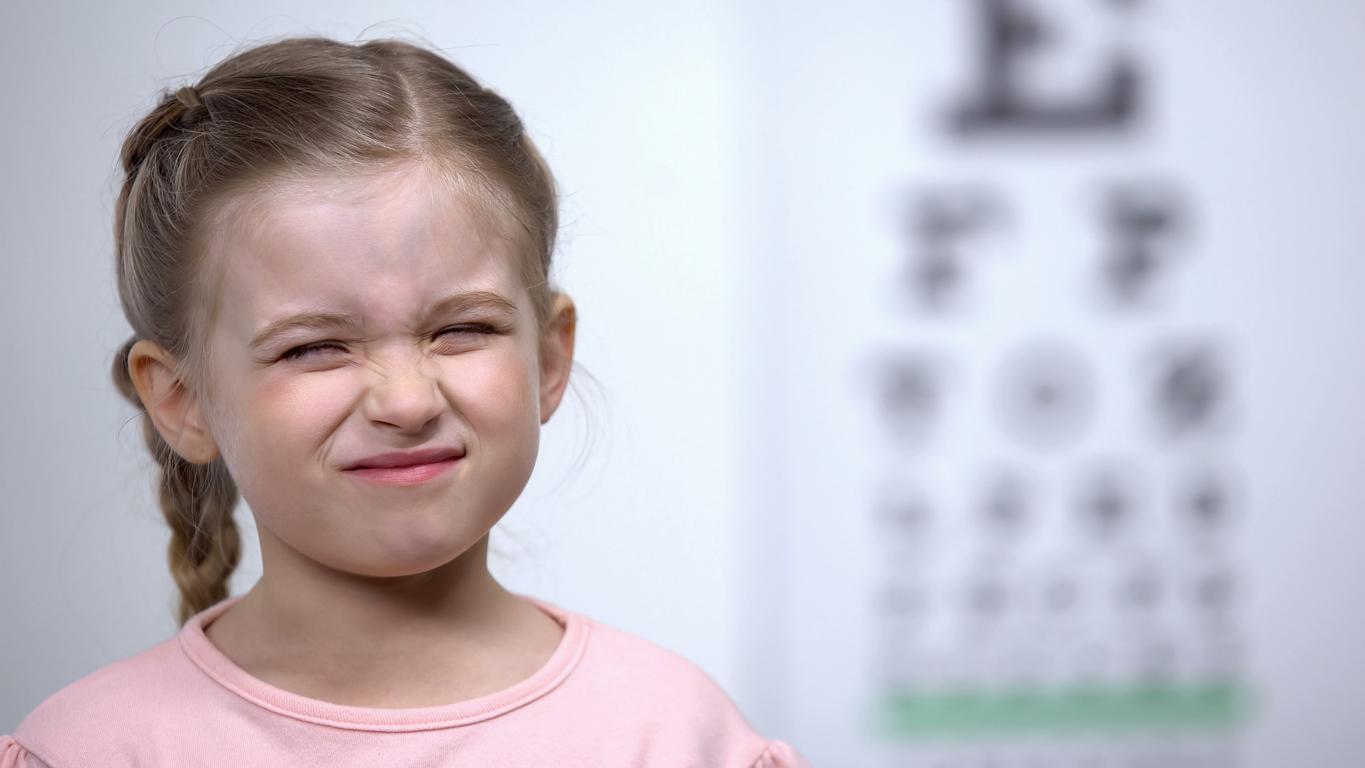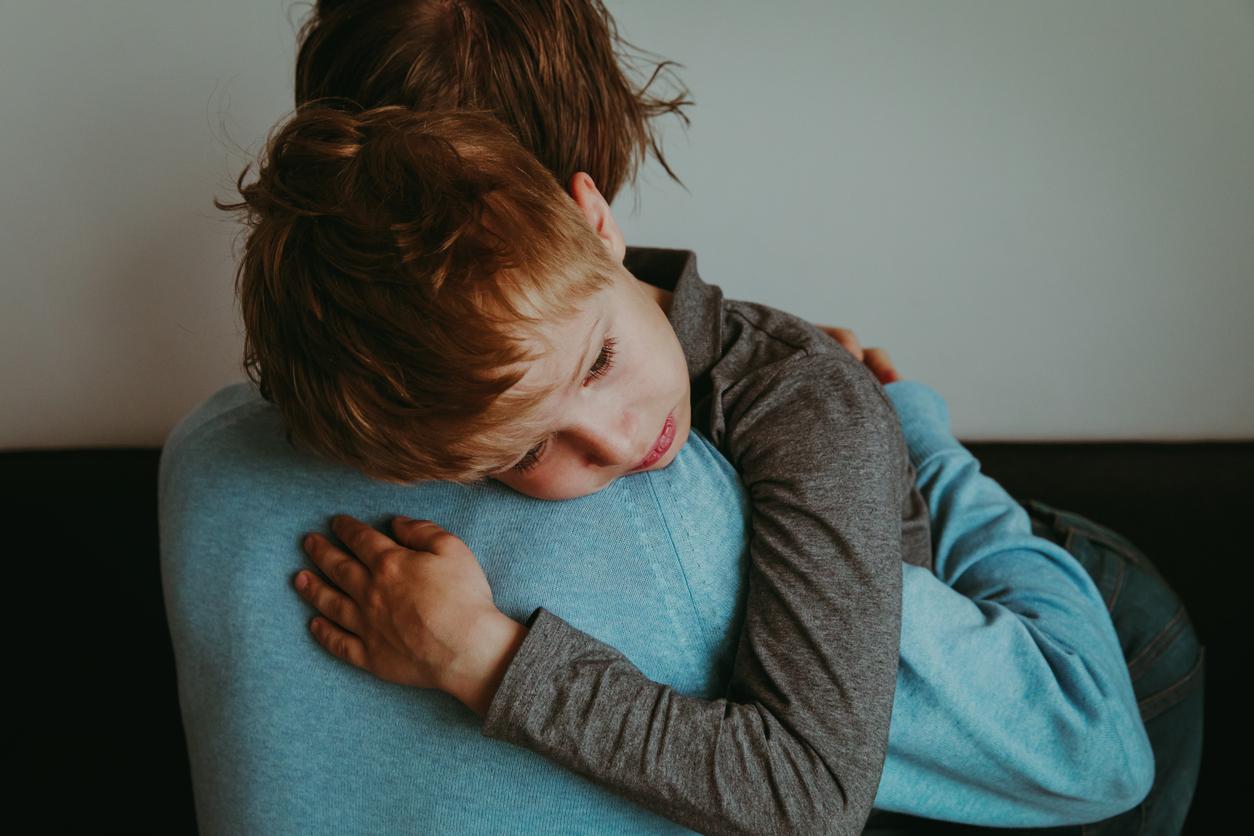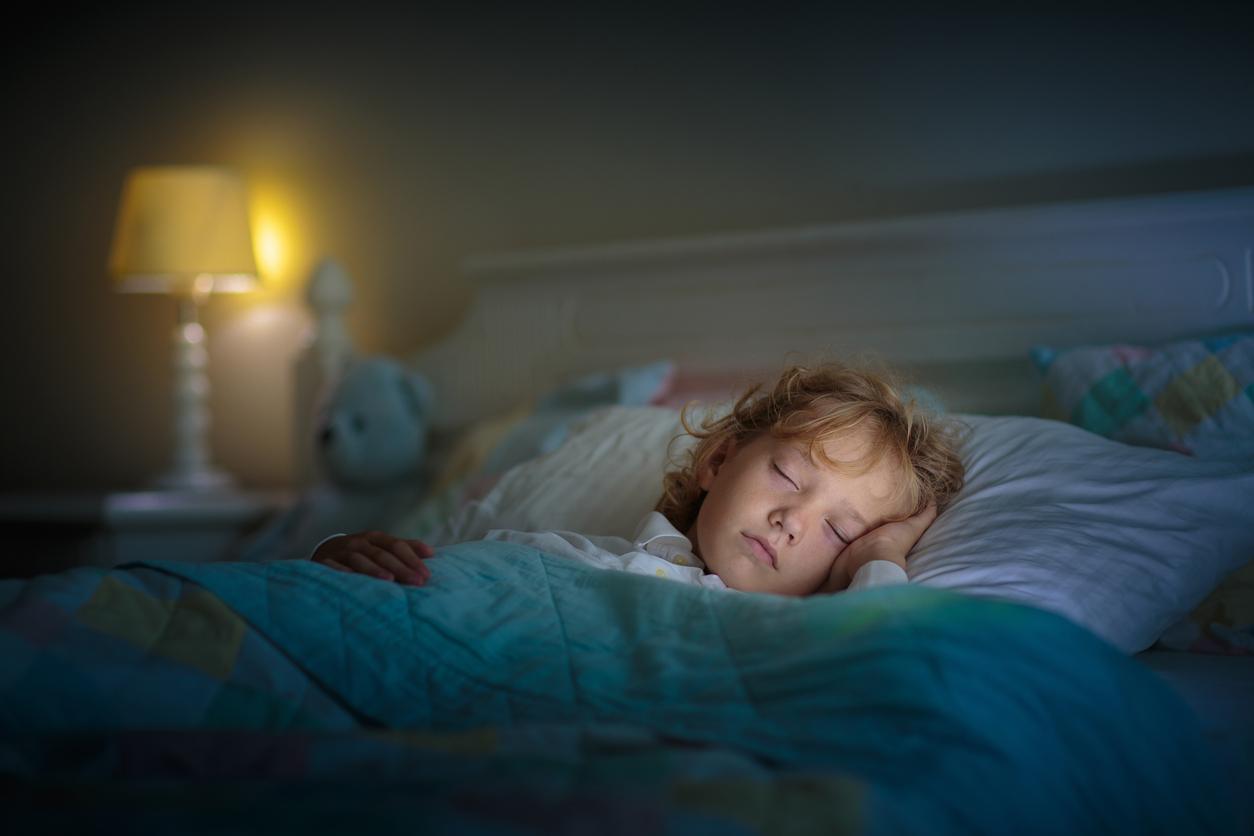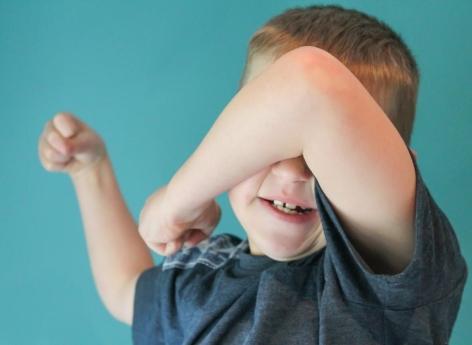The OpinionWay visual health barometer for AsnaV reveals that more than 4 in 10 children have vision problems and that the number of cases is likely to increase.

- 44% of children between 0 and 12 years old have one or more vision problems, according to the visual health barometer.
- 21% of parents surveyed declare that their child is myopic.
- According to estimates, half of the world’s population could be myopic by 2050.
On the occasion of national early childhood week which will be held from March 16 to 23, 2024, the Association for the Improvement of Sight (AsnaV) has published a barometer of visual health. The latter highlights that almost one in two children has a vision problem.
Vision: 44% of children have vision problems
First observation from the survey of 1,302 French adults, 473 of whom had children: 44% of 0-12 year olds have one or more vision problems.
“However, this period is particularly crucial for the development of the child in which vision plays an essential role. It must allow him, among other things, to approach learning with the visual abilities necessary for his academic success and, later , his personal well-being and his professional future”, underlines AsnaV in a press release.
Furthermore, parents are only responsible for screening the child for visual problems in 16% of cases. They are also poorly informed about eye health. Nearly 6 out of 10 parents consider that the first visit to the ophthalmologist is only useful from the age of four, whereas it is recommended that it be carried out within the first three years. “In theory, each child must, at a minimum, benefit from six vision screenings in their first twelve years, three of which are mandatory under the Public Health and Education codes. These screenings are essential in order to detect and correct vision problems”recalls the association.

Myopia: parents are poorly informed
According to the survey, 21% of children are myopic. And this figure is likely to increase in the years to come. The American Society of Ophthalmology estimates that half of the world’s population could be nearsighted by 2050.”According to scientists, the combination of two factors explains this epidemic: the time spent in close vision and the lack of exposure to daylight.specifies the barometer.
The study shows that the increase in cases of myopia is little known. In fact, 55% of parents of young children surveyed said they were not aware. Moreover, 72% of them believe that they are not sufficiently informed about this visual disorder and the means to slow its progression.
“The deployment of an institutional information campaign would, however, make it possible to fight effectively against the development of this epidemic since it is already popular with 83% of parents who say that it would happily encourage them to have their child’s eyesight checked”concludes AsnaV.















